Domain names are the digital addresses for the 1.8 billion websites with over 367 million currently registered. Among these, top-level domains (TLDs) such as .com, .org, and niche options like .tech stand out for their ability to define a website's purpose and broaden its geographical reach.
Used by about 58% of websites, these TLDs boost credibility and also play a crucial role in shaping how customers perceive a brand’s legitimacy. For entrepreneurs, the combination of domain registration and web hosting; particularly through reseller hosting presents a compelling business opportunity.
Reseller hosting enables entrepreneurs to bundle TLD registrations with hosting services, simplifying the process of establishing a web presence for clients while unlocking profitable possibilities. This article examines the impact of popular TLDs on digital branding and how they shape a website's identity.
What Is the Top Level Domain in a URL?
The top-level domain (TLD) is the last part of a website's URL, found at the end. For instance, in Verpex.com, "Verpex" is the domain name and ".com" is the TLD.
Top-level domains are also called domain extensions because the .com or .org is the extension on which a website's domain name is registered.
How Do TLDs Work?
TLDs (Top-Level Domains) organize the internet's domain name system by categorizing websites based on their purpose, owner, or geographical location.
When a computer loads a website, it starts with the top-level domain (TLD) to find the right data.
All the information for all general TLDs or gTLDs is located in 13 root name servers.
So, for example, the root name server for .org will contain all information about .org websites, but not for .com and vice versa.
ICANN, a nonprofit group, oversees top-level domains by coordinating their global distribution to other organizations.
How Many Top-Level Domains Are There?
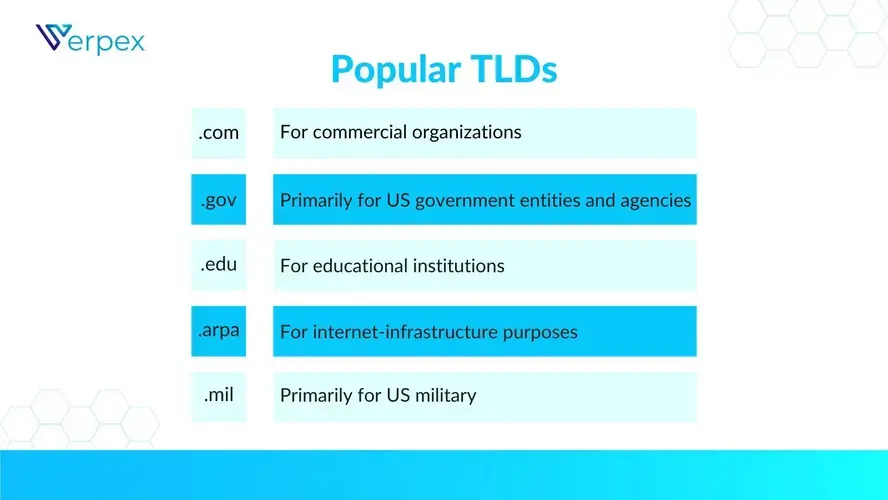
As of the last update, there are over 1,500 top-level domains (TLDs), not counting retired or test domains.
The Internet Assigned Numbers Authority (IANA), a part of ICANN, manages these TLDs and links them with IP addresses.
The original TLDs are:
.arpa - Or the Address and Routing Parameter Area is used for Internet-infrastructure purposes.
.gov - comes from the word government and is used by government entities only.
.edu - Derived from the word education and is used by educational and academic institutions.
.com - Derived from the word commercial and is used by commercial entities like companies.
.mil - Derived from the word military and is used by subsidiaries or affiliate organizations of the United States Department of Defense.
.org - Derived from the word organization and is primarily used by non profit entities
.net - Derived from the word network and was originally created for companies that work with networking technology.
What Are the 5 Most Common Domain Extensions?
As of April 2024, the five top-level domains that are most commonly used are the following:
.COM: The .com TLD is the most popular globally. Initially for businesses, it's now used widely for its recognition and strong SEO benefits.
.NET: Initially aimed at internet service providers and networks, .net has become a popular alternative to .com, especially for technology and web-based businesses.
.ORG: The .org domain, once for non-profits, is now open to many, like education sites, communities, and NGOs. It represents trust and community.
.CO: Originally Colombia's ccTLD, .co is now popular worldwide, especially among companies and startups, for its ".com"-like appeal and modern vibe.
Country/Nation Extensions: Many ccTLDs, such as .us, .uk, .de, show a site's local focus, boosting its relevance and trust with users. They're key for targeting local audiences.
Types of Top Level Domains
1. Generic (international) TLDs
Generic TLDs like .com, .org, .net, .info, and .club make up the largest category, open to all users. The first ones, .com, .org, and .net, are the most popular due to their early availability for public registration.
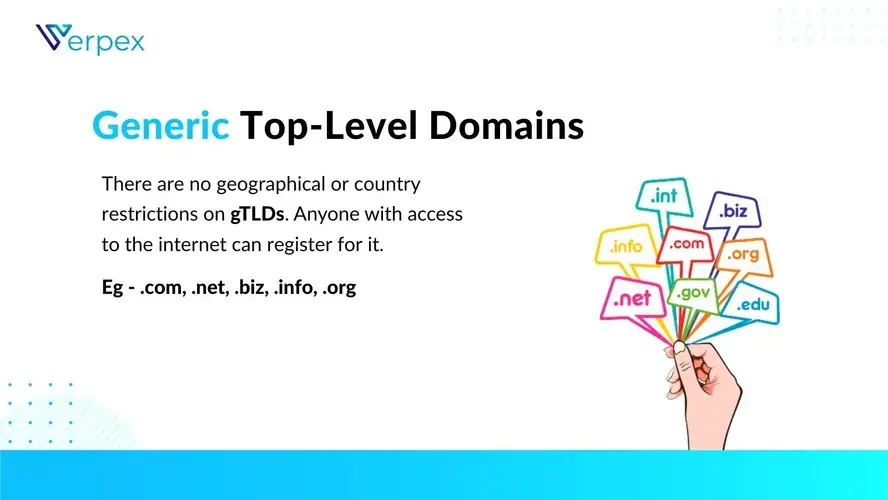
2. Country code TLDs
Country code TLDs (ccTLDs) are two-letter domain extensions assigned to countries, territories, and sovereign states based on the ISO 3166 standard.
Once registered, these codes can become TLDs managed by IANA. Local authorities then set rules for who can register these domains.
Examples include .eu for the European Union, .us for the USA, .de for Germany, and .uk for the UK.
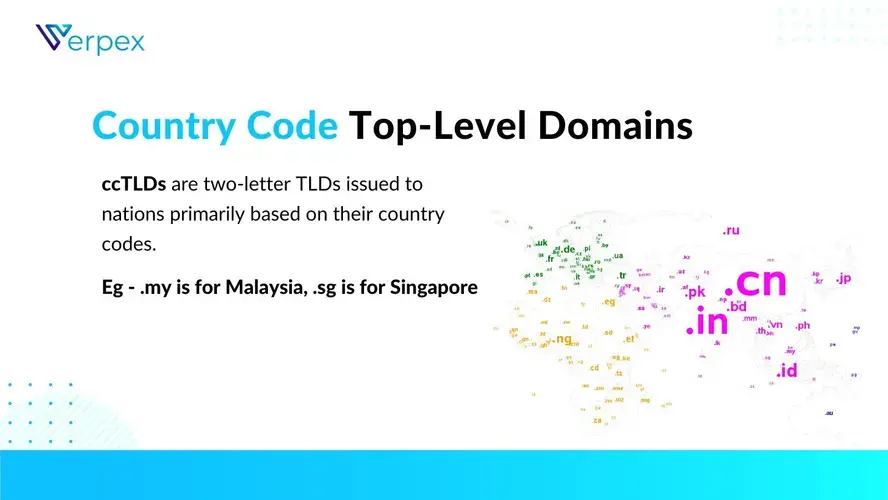
3. Generic country-code TLDs
Generic ccTLDs are country-code domains so widely used they're seen as generic.
These have no restrictions on registration and often relate to popular concepts rather than the countries they represent.
For instance, Tuvalu's .tv is popular for TV-related sites.
Other examples include .co (Colombia), .io (British Indian Ocean Territory), .me (Montenegro), and .cc (Cocos Islands), used globally for various purposes.
4. New TLDs
New TLDs were introduced starting in 2001 to meet the Internet's expanding needs, due to the surge in websites and usage.
These TLDs, added over time, include .top, .icu, .xyz, .site, .shop, and .app, among others.
Some are industry-specific, like .attorney, .property, and .technology, catering to particular sectors.
5. Sponsored TLDs
Sponsored TLDs (sTLDs) are managed by private organizations and have certain registration requirements.
Not everyone can register these domains. Popular sTLDs include .gov (U.S. government), .mil (U.S. military), and .edu (U.S. higher education), exclusive to U.S. organizations.
6. Infrastructure TLD
The Infrastructure TLD is the .arpa domain, short for Address and Routing Parameter Area. It's used solely for reverse domain name resolution.
7. Brand TLDs
Brand TLDs let companies use their names as domain extensions, offering a unique web presence.
Examples include .abc for the American Broadcast Company .google for Google, .audi for Audi, and .hbo for HBO. This enhances their sophistication and uniqueness online.
How to Register a TLD
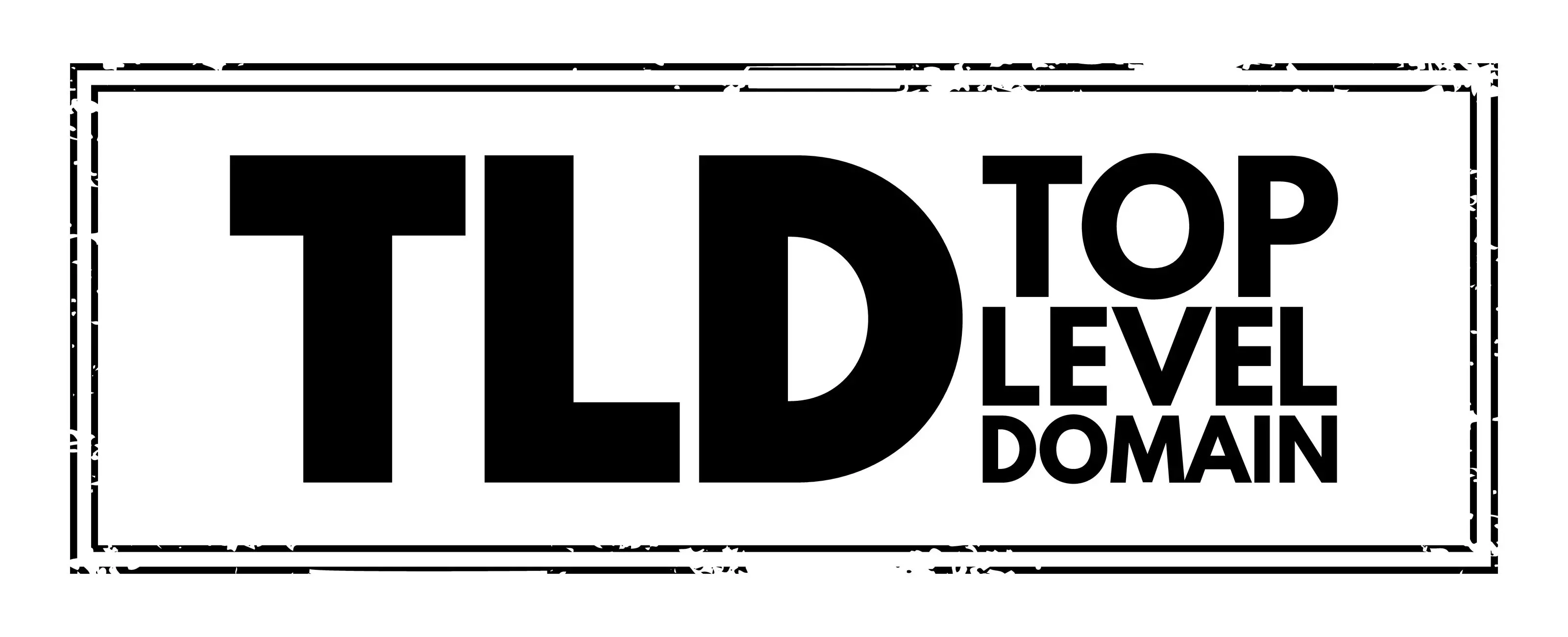
The most common and easiest way to register a domain name is through a domain registrar, which requires selecting one that aligns with your needs based on pricing and features.
Usually you can find available TLDs and their registration costs on a domain registrar's website.
But to have a website, you'll also need web hosting. To get both at the same place, choose an appropriate provider that offers both services.
Verpex, for instance, includes a free domain name in all hosting plans, plus free privacy protection and 24/7 support.
Advantages of Reselling Top TLDs
Reselling top-level domains (TLDs) offers several key advantages that make it an appealing business opportunity, especially for web hosting resellers.
High Demand and Premium Pricing: Top TLDs like .com, .net, and .org are highly sought after, providing resellers with a steady revenue stream. Their recognized value enables resellers to set higher prices, particularly for niche or in-demand domains, boosting profit margins.
Brand Recognition: Popular TLDs like .com carry strong brand recognition and trust among users. This makes them easier to market and sell, as businesses and individuals often prefer these well-known domains to establish credibility online.
Bundling Opportunities: Reselling TLDs allows you to bundle them with other services like web hosting, email hosting, and website design. This adds value to your reseller hosting business, providing customers with a complete package while boosting your overall sales.
Flexible Pricing: As a reseller, you can control the pricing of the domains you offer. This flexibility allows you to create competitive pricing models or promotional offers to attract more clients.
Access to New Markets: The popularity of top TLDs across various industries enables you to access diverse markets, including e-commerce, tech startups, non-profit organizations, and more. This diversity expands your potential customer base.
These advantages make reselling top TLDs a profitable addition to any reseller hosting business, particularly when combined with Verpex Hosting's reseller plans, which streamline the process and provide the necessary tools for success.
The Most Expensive Domains in the World
Although you can definitely find a TLD with an affordable price tag, there have been instances when people have paid enormous amounts of money to get a particular domain name.
For example, the most expensive domain name in 2023 was AI.com, which was sold for $11 million.
However, the most expensive domain name overall is CarInsurance.com, which was sold for over $49 million in 2010.
The Impact of TLDs on Search Engine Optimization (SEO)
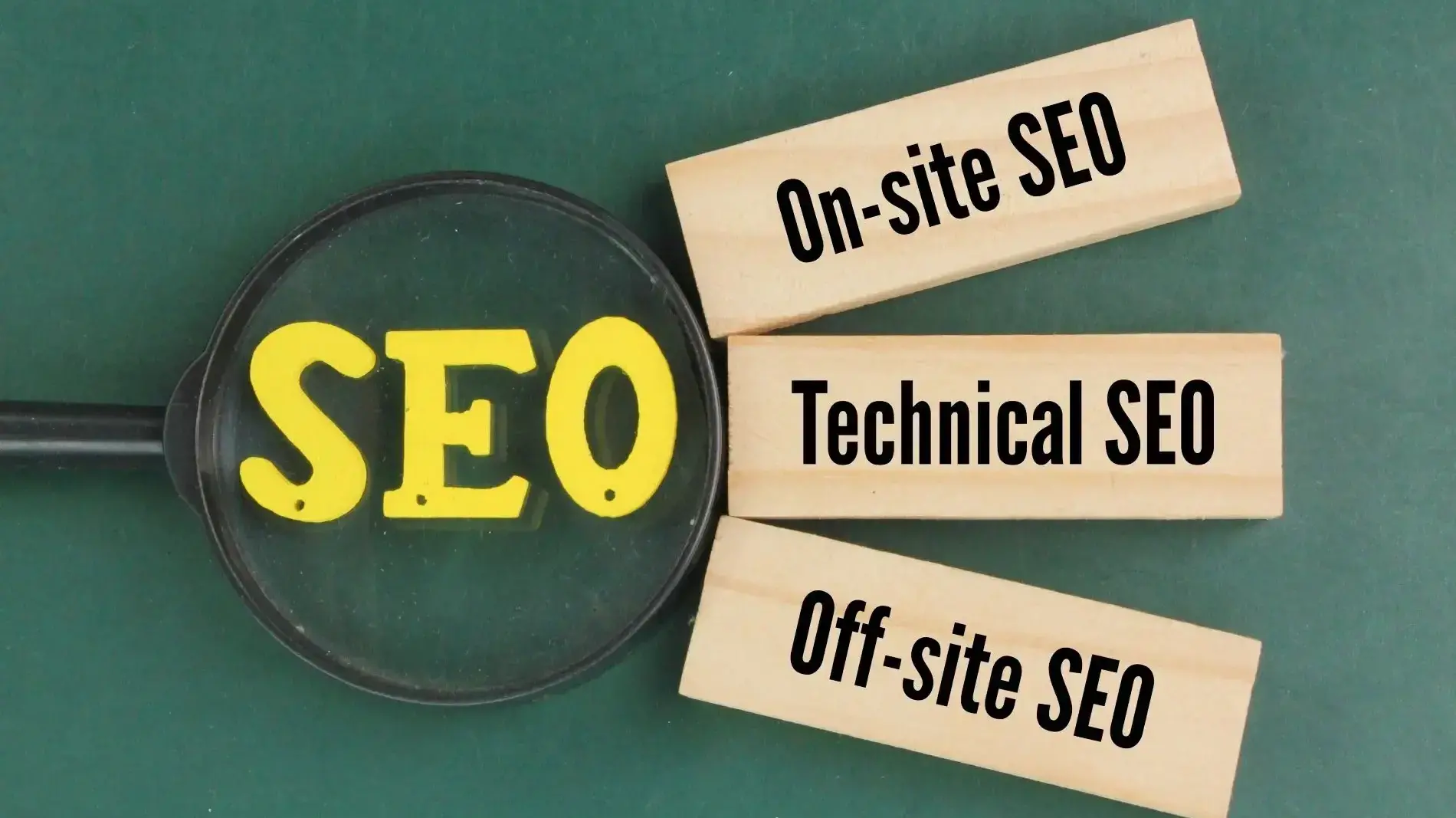
The choice of a top-level domain (TLD) can have significant implications for a website's SEO strategy and its overall performance in search engine results pages (SERPs).
Here's how:
Relevance and local SEO
Country code TLDs (ccTLDs) signal geographical relevance to search engines, potentially boosting the site's ranking in local search queries.
Local businesses benefit from using ccTLDs as they can rank higher for searches made in their country.
Global vs. Local
Generic TLDs (gTLDs) like .com, .org, and .net are perceived as more globally oriented. Websites aiming for a worldwide audience may find gTLDs advantageous for broader reach.
Industry-Specific TLDs
Industry-specific TLDs, such as .tech, .travel, or .education, can help signal the site's niche to search engines and users, potentially improving relevance and credibility.
Brand TLDs
Using a brand TLD (.brand) can enhance brand recognition and trust, contributing positively to user experience and SEO.
Trust and Authority
Some TLDs are associated with a higher level of trust (e.g., .gov, .edu) and may receive an informal boost in search credibility.
High-trust TLDs can lead to higher click-through rates (CTRs) from SERPs, indirectly benefiting SEO.
Keyword Matching
Domains that match key search terms (exact match domains) can benefit SEO, but the effect is nuanced.
The quality of the website's content and user experience remain paramount.
SEO Myths
The myth that some new gTLDs are directly penalized by search engines is unfounded. Google has stated that it treats most TLDs equally, but site content and user experience are critical factors.
Link Building Challenges
Websites with less common TLDs may face challenges in building trust and obtaining high-quality backlinks, impacting SEO.
Conclusion
Top-level domains (TLDs) serve as a business's digital address, crucial for shaping customer perceptions and enhancing online visibility. These domains, which must include letters even if they contain numbers, offer more than just the prestige of a .com extension. With over 1500 TLDs available, the options for establishing a unique and credible online presence are extensive.
The growing demand for these popular domains presents a lucrative opportunity for resellers, especially when combined with the robust features of a reliable hosting service. Verpex Hosting stands out as an ideal partner with its extensive support, cutting-edge technology, and commitment to customer satisfaction.
Frequently Asked Questions
What makes a certain domain valuable?
Valuable domains are usually memorable, easy to spell, pronounce, and short.
What is a top-level domain?
A top-level domain is the last part of the domain name, so it’s everything that goes after the final dot in the domain name.
What are some popular domain marketplaces?
Popular domain marketplaces include BrandBucket, Efty, Namecheap, Sed, and Flippa.
How much does a domain cost monthly?
Usually, domain names cost from $0.99 to $12 per month. However, at Verpex, we offer a free domain name with our hosting packages.
Does domain TLD affect SEO?
Yes, but the effect is nuanced. Having keywords in your top-level domain doesn't enhance search rankings.

I've been navigating the web hosting waters for years now. As the Chief Editor at Verpex, I team up with some awesome writers to dish out the good stuff on hosting. Got a Master's in Journalism, so I always have an eye out for quality. Whether you're just dipping your toes or you're a seasoned surfer, I'm here to make everything web hosting feel like a breeze
View all posts by Julia Lozanov




















